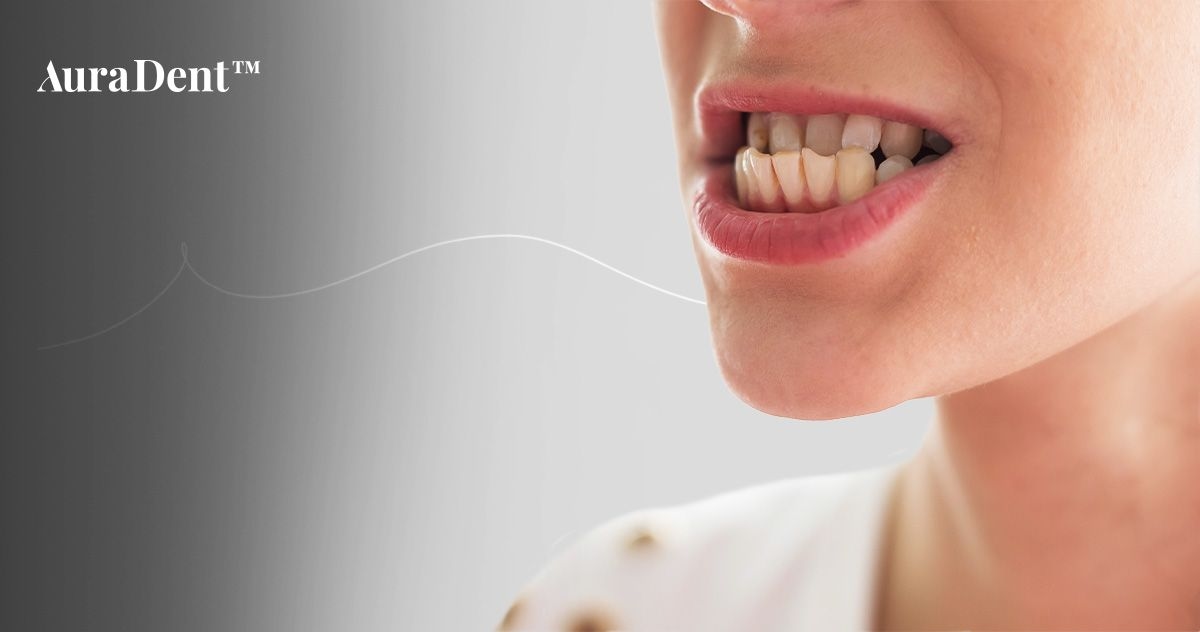An underbite is more than a cosmetic concern. It is a type of malocclusion where the lower front teeth sit in front of the upper front teeth when the jaws are closed. This forward position of the lower jaw can affect chewing, speech, joint health, and long-term tooth wear. With today’s underbite orthodontics, patients have predictable ways to fix underbite problems at any age, from children in growth to adults seeking discreet solutions like Invisalign or a lingual brace placed behind the teeth.
A helpful way to orient yourself is to compare bite types. In a normal bite the upper incisors slightly overlap the lowers. In an Overbite the overlap is excessive in a vertical direction, and in an Open Bite the front teeth do not meet at all. An underbite is the opposite pattern to an overbite, with the lower arch ahead of the upper.
What an underbite looks like and why it matters
Clinically, underbite is often described as Class III malocclusion. In mild cases only the edges of the lower incisors are forward. In more pronounced cases, the entire lower dental arch and chin are prominent, and the midface can look relatively recessed. Patients commonly report difficulty biting into foods, uneven tooth wear, clicking or fatigue in the jaw joints, and sometimes speech distortions. Left untreated, underbite teeth are more prone to chipping, enamel erosion, gum recession, and temporomandibular joint symptoms.
How to spot it yourself, before a professional exam
Stand in front of a mirror, close your teeth gently, and relax your lips. If your lower incisors sit in front of your upper incisors, or your chin looks unusually prominent, you may have an underbite. Try a bite test with a thin strip of paper between your front teeth. If the lower teeth contact it first, that is another clue. Self-checks are a starting point only. A precise diagnosis requires an orthodontic assessment with photos, digital scans, and X-rays.
Why underbites happen
Underbites arise from one or several of the following factors:
- Genetics and facial growth: A larger or more forward-growing lower jaw, a smaller upper jaw, or a combination of both is the most common cause. Family history is a strong predictor.
- Tooth position problems: Crowding, missing teeth, impacted teeth, or extra teeth can push individual segments forward or backward and mimic or worsen an underbite.
- Childhood habits and function: Tongue posture and thrusting, chronic mouth breathing due to airway obstruction, and prolonged habits can alter jaw growth direction.
- Trauma and disease: Jaw fractures during growth, or periodontal bone loss in adulthood, can shift the bite relationship.
Understanding whether the discrepancy is primarily dental, skeletal, or mixed determines the most efficient plan to fix underbite concerns.
How underbites are diagnosed at AuraDent
Evaluation at AuraDent focuses on accuracy and comfort. Your visit includes high-resolution photographs, an iTero digital scan for a 3D model of your teeth, panoramic and cephalometric X-rays to measure jaw position, and a functional assessment of the jaw joints and muscles. This separates dental underbites, which respond to tooth movement, from skeletal underbites that may need growth guidance in children or surgery in adults.
Modern ways to fix underbite
Underbite treatment is individualized. The plan depends on age, severity, growth potential, gum and bone health, and personal preferences for visibility and lifestyle. Here is how current options work in practice.
- Underbite braces: Brackets and archwires provide comprehensive control over tooth movement in all dimensions. Class III elastics often connect from lower molars to upper canines to retract lower teeth and advance uppers. In selected cases, temporary anchorage devices can add anchorage for difficult movements. Ceramic brackets are less visible, while a lingual brace hides on the inside surfaces for full discretion.
- Clear aligners for underbite and Invisalign underbite: Clear aligners can correct many mild to moderate cases by coordinating programmed tooth movements with attachments, precision bite features, and Class III elastics worn with the trays. Patients value removability for eating and hygiene. Success depends on excellent wear time. For complex skeletal discrepancies, aligners may be combined with limited braces or surgical correction.
- Growth modification in children: When a child still has growth potential, expanders, facemask therapy, and functional appliances can stimulate forward growth of the upper jaw and moderate the forward expression of the lower jaw. Early guidance can dramatically reduce the need for invasive treatment later.
- Orthognathic surgery in adults: When jaw size differences are large, surgery repositions the upper and or lower jaw to a balanced relationship. Orthodontics aligns the teeth before and after surgery so that they fit the new jaw positions precisely. This pathway provides the most stable correction for severe skeletal underbite.

Quick comparison of underbite treatment options
There are several ways to treat an underbite, depending on age, severity, and how visible you want the treatment to be.
- Invisalign and clear aligners: Best for mild to moderate cases. They’re nearly invisible and worn 20–22 hours a day for about 12–18 months. Small attachments and elastics help move the teeth precisely.
- Braces (metal or ceramic): Work for mild to severe cases. Treatment takes 18–30 months. They’re visible but very effective and can be combined with elastics or mini-implants for strong correction.
- Lingual braces: Placed behind the teeth, completely hidden. Suited for moderate to complex cases. Treatment time is similar to regular braces but more aesthetic.
- Growth modification: Used for children still growing. Worn 6–18 months to guide jaw development and may prevent surgery later. Needs high cooperation.
- Orthognathic surgery: For adults with severe skeletal underbite. Combines braces and surgery to reposition the jaw. Usually takes 12–24 months for a permanent fix.
How long does under bite treatment take
Timelines are individualized. Small dental discrepancies can respond within a year. Moderate cases often take 12 to 24 months. Severe skeletal problems that require surgery typically span a longer pathway, with pre-surgical orthodontics, the procedure, and post-surgical detailing. The most powerful accelerator is consistency. Aligners must be worn as instructed, elastics should be worn full time unless told otherwise, and adjustments should be kept on schedule.
Everyday life during underbite treatment
- Eat a nutrient-dense diet that is comfortable for your appliance.
- Meticulous hygiene reduces the risk of enamel decalcification and gum inflammation.
- Wear elastics and aligners exactly as prescribed. Skipping days slows movement and can lengthen treatment by months.
- Report any rubbing or sore spots early so adjustments can be made.
Children and adults follow different paths
Children benefit from growth guidance and phased care that combines early correction with a shorter second phase in the teen years. Adults do not have growth to harness, but they do benefit from precise tooth movement with Invisible braces, Invisalign, or a lingual brace. In complex adult cases, planned jaw surgery can transform function and facial balance in ways orthodontics alone cannot.
Costs, quotes, and value
Fees vary with complexity, appliance type, and total time in care. Metal brackets are usually the most economical among braces, ceramic and lingual systems cost more, and aligners such as Invisalign are typically comparable to ceramic options. Surgical pathways include hospital and surgical fees in addition to orthodontics. AuraDent offers transparent quotes after full diagnostics and provides staged or monthly payment options to keep care accessible.
Ready to balance your bite and protect your smile?
AuraDent designs precise, personalized plans to fix underbite concerns with the full spectrum of care, from Invisible braces and Invisalign to a completely hidden lingual brace or combined surgical solutions. Book a complimentary consultation and learn exactly how your case can be corrected, how long it will take, and what your day-to-day will look like during treatment.
FAQs about Underbite



